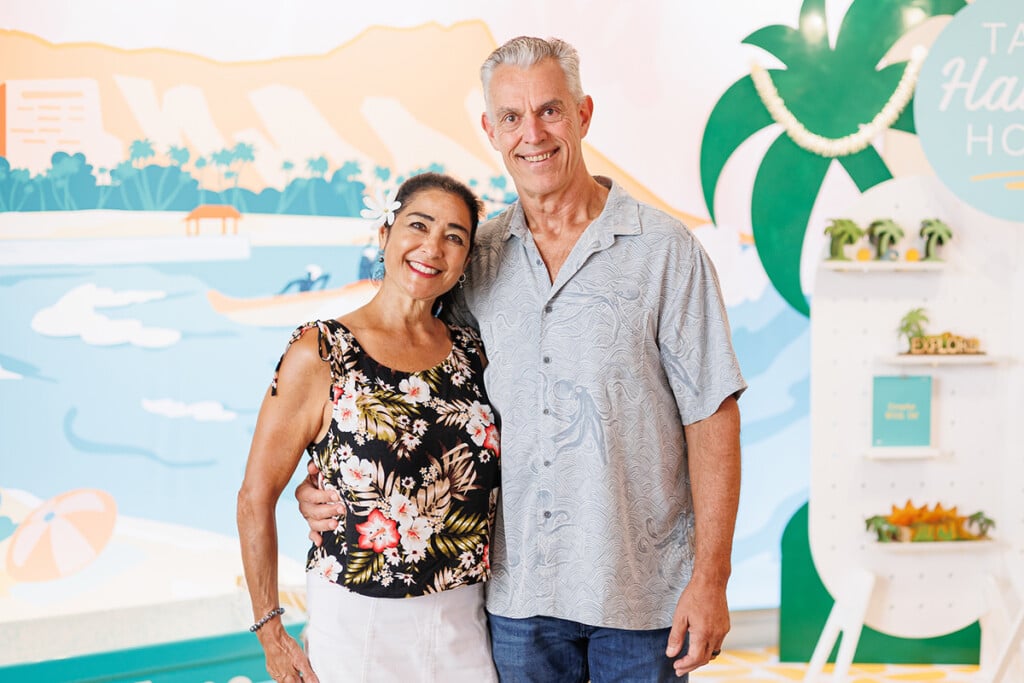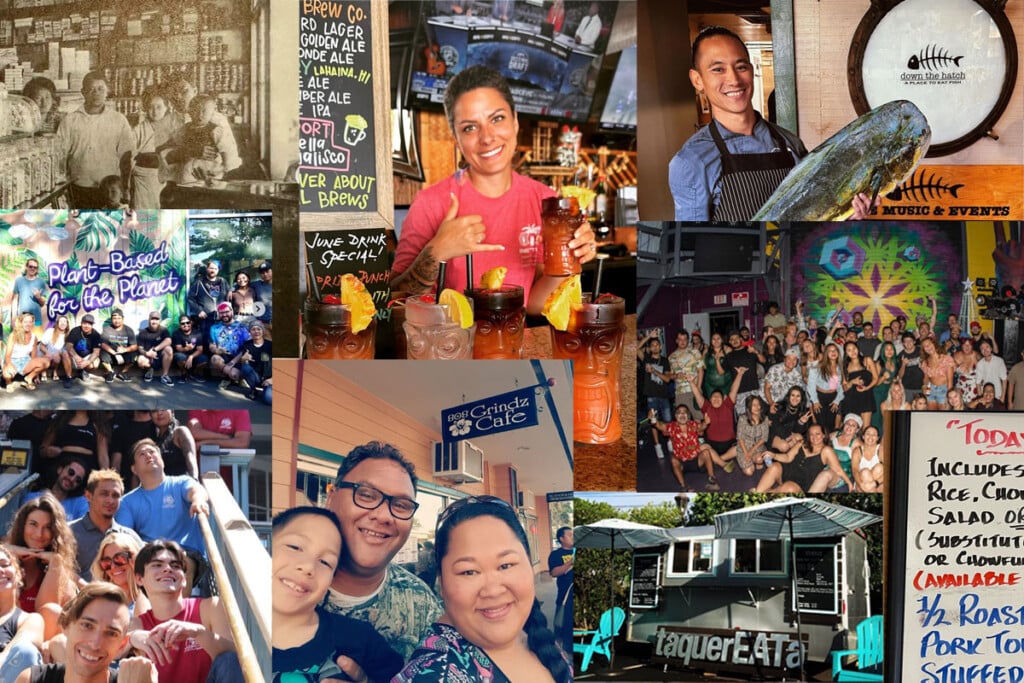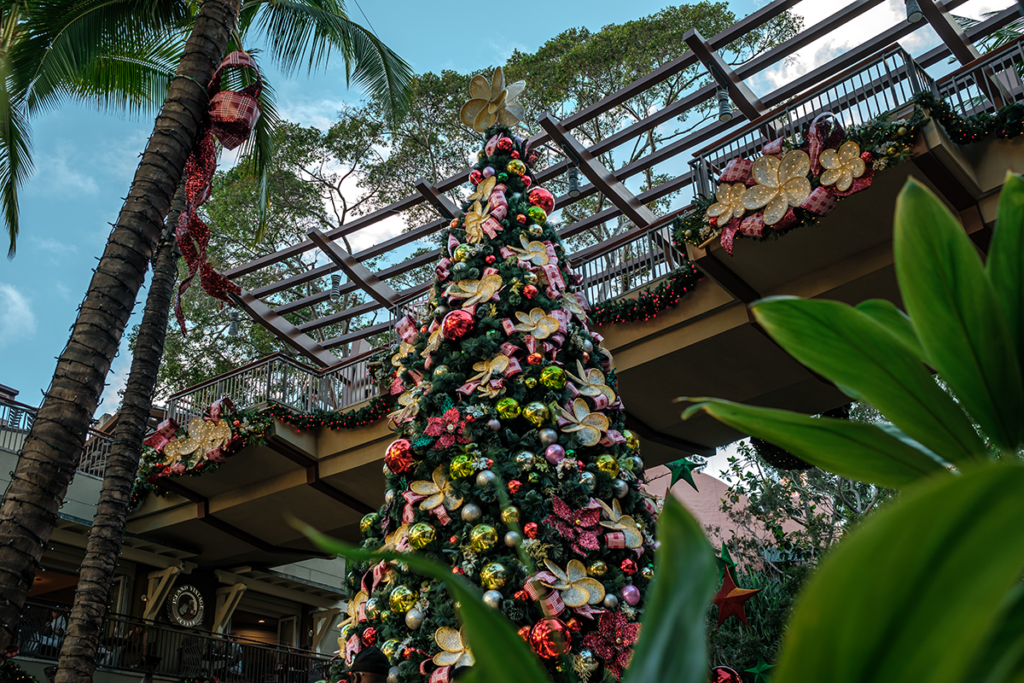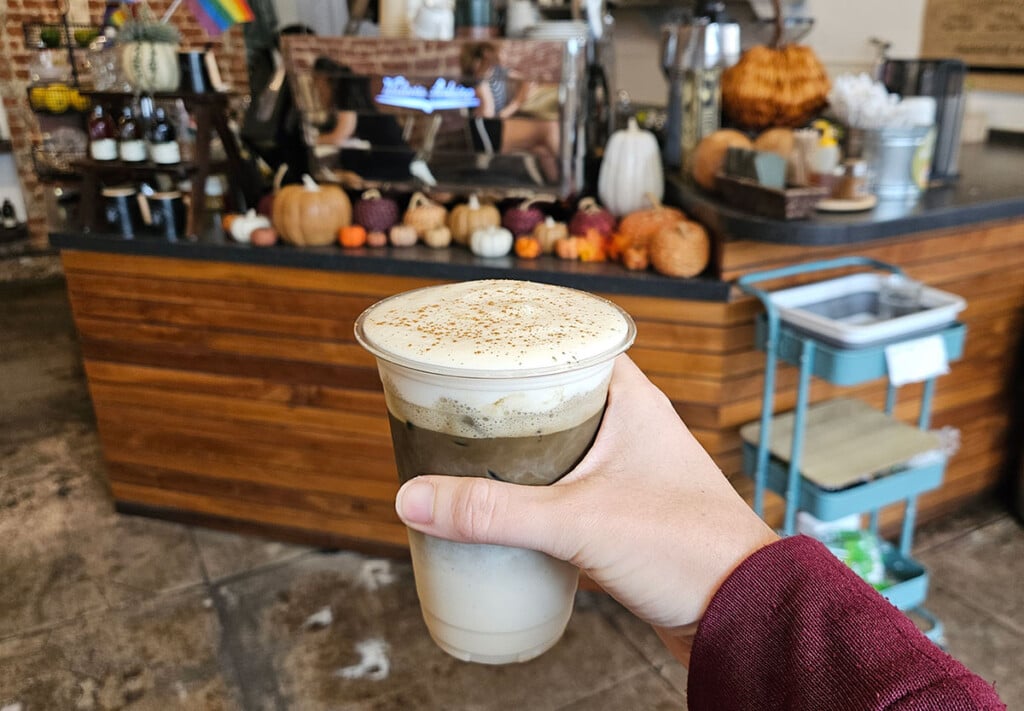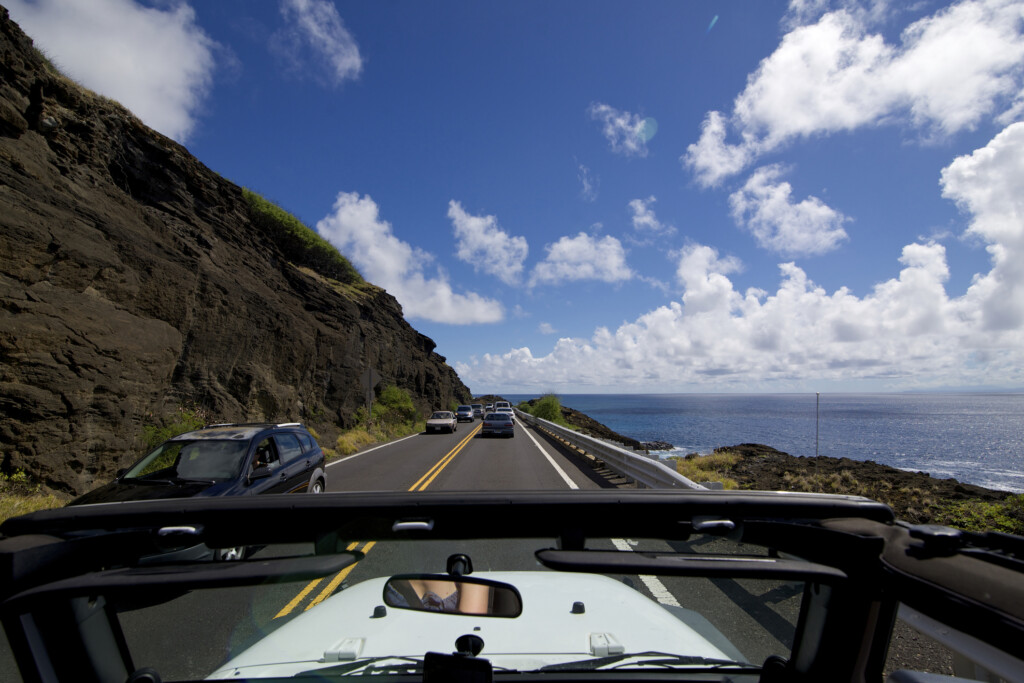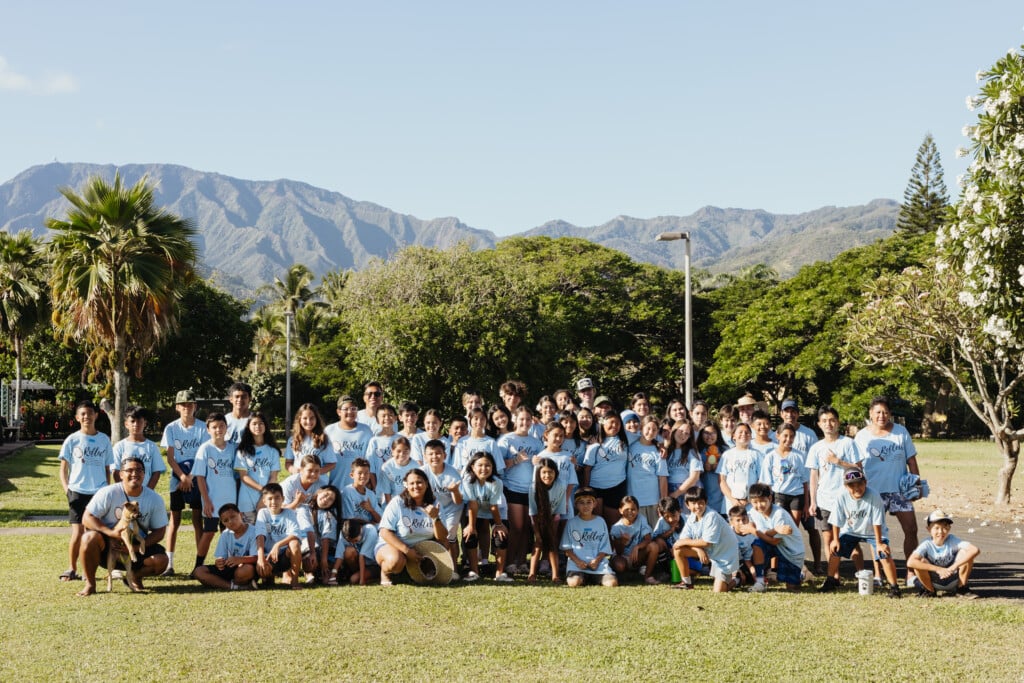The Way Back: “This Will Be My Answer”
Gensho Hara has been the minister at Lahaina Jodo Mission for 60 of its 111 years. As Lahaina comes back, he vows, so will the seaside temple.
Weeks after fires obliterated Lahaina, survivors are grappling with shock and grief. And they’re talking about renewal. Here, a Buddhist priest, a Hawaiian cultural practitioner, a teacher of ‘ōlelo Hawai‘i, and husband-and-wife restaurateurs outline visions that touch the heart of a community.
SEE ALSO:
The Way Back: “Rooting a New Lahaina”
The Way Back: “The Only Way Out Is to Go Back In”

Evacuated to his daughter’s house in Wailuku, the Rev. Gensho Hara shows Lahaina Jodo Mission as it was. The temple hall and pagoda burned, but the bronze temple bell and statue of the Buddha remain. Photo: Aaron K. Yoshino
The Rev. Gensho Hara is flustered. He’s shown us a framed ink drawing of Lahaina Jodo Mission, the only physical rendering left after the fires. Now he’s having trouble opening the iPad images he’s scrolling through, of the vermilion pagoda ringed by coconut trees and the temple hall with its elegantly curved roof. “My iPad burned,” he apologizes. “This is a new one.”
It’s a small blip in a genial afternoon. For two hours, Hara alternates between immense gratitude and sadness. After trying to save his temple with a hose, the 87-year-old escaped with his wife, Setsuko, and a handful of others. Like many survivors, he deals with a maelstrom of emotions. But unlike most, Hara’s been through fire before—he rebuilt Lahaina Jodo Mission after it burned down in 1968. And as the first son of a temple priest in rural Nagano, Japan, he was born into a spiritual life.
Hara struggled with that destiny. By tradition he was to succeed his father, but unsure of his fortitude, he instead answered a plea to fill the vacant minister’s position in Lahaina for three years. He arrived in 1963 to a town so desolate, he says, hardly anyone walked the streets. Jobs were gone—the pineapple cannery (which became the site of Lahaina Cannery Mall) had closed, and large-scale agriculture was being mechanized.
“Everyone said this town had no future. The issei and nisei, they kept thanking me for coming to such a place,” Hara says. “They treated me well, the ojiichans and obaachans. They called me sensei. I was so moved by the purity of their warmth. I couldn’t do just three years.”

Retrieved during the evacuation, this statue from the altar at Lahaina is the only thing left of that temple. The same wooden statue was also the only thing that survived a 1968 fire. It sits in a temporary spot at Wailuku Jodo Mission. Photo: Aaron K. Yoshino
In a diminished Lahaina, he found his community. But changes that overtook much of rural Hawai‘i eroded his congregation. In the early 1900s, when immigrants arrived by the boatload, Lahaina Jodo Mission was a thriving spiritual and social hub. By the early 2010s, maybe 20 regulars were showing up for Sunday service. By this past July, when the temple revived its bon dance for the first time since the pandemic, there weren’t enough members left to make makizushi.
All the members survived the fires, but scattered to distant parts of Maui, the mainland and even Japan. Two Sundays later, those who stayed on the island reunited at a joint service at Kahului Jodo Mission. “When I saw their faces … ” Hara starts to say, then bows his head and cries. “That was enough. Everyone, as long as they’re alive, no matter what material possessions they lost, nantoka naru—somehow things will work out.”
It’s hard to ask about the central tenet of Buddhism—that everything is impermanent, so attachment creates suffering. Can it even apply here? Hara’s response reaffirms that there are many kinds of Buddhism, and that his, accepting that not everyone can meditate their way to enlightenment, was created for the common man. It’s less philosophical, more human. “What we understand with our minds, when we see in reality can make our minds go blank,” he says. “But even in the midst of this, in everyone’s support and encouragement, in messages from people I don’t know and people who aren’t Buddhist, in their voices I hear the voice of the Buddha.”

Photo: Aaron K. Yoshino
He begins listing functions—the Rotary Club’s Thursday meetings at the temple pavilion, a twice-a-month farmers market on its grounds, countless weddings, graduation parties, yoga classes, concerts. He talks about people from all over the world who have been drawn to the seaside temple. It doesn’t matter how small the congregation has become. The temple is part of a much bigger community now. “Lahaina has to rebuild. Then in that rebuilt town, what role should this temple fulfill?” Hara says. “A temple is a place where people gather. A longtime supporter from Oregon called the other day. She said even though you lost the temple, the Buddha’s spirit is still there.
“As long as I’m alive, rebuilding will be my duty,” Hara says. “For everyone’s love and concern and encouragement, this will be my answer.”

